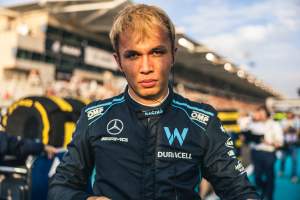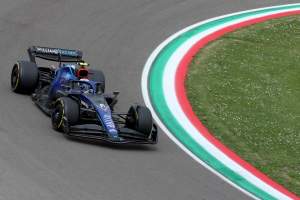Up Next

At the end of the 2022 Formula 1 season, Williams chief Jost Capito said the team’s long-term rebuild was like performing open heart surgery on a patient while they ran a marathon.
It paints an evocative image that highlights the complexity of the task at hand for a team in a massive transition, trying to turn years of underinvestment and poor results into a successful future.
That task, it turns out, is one that Capito’s not the best person for, according to Williams owner Dorilton Capital. And neither is FX Demaison, the technical director Capito hired, for both are leaving the team after two seasons.
They were responsible for what Demaison called a “long-term transformation” of a team that was “stuck in the past” in terms of the infrastructure at its Grove headquarters, and that Capito said had outdated working practices, while both regularly spoke of success only coming many years down the line.
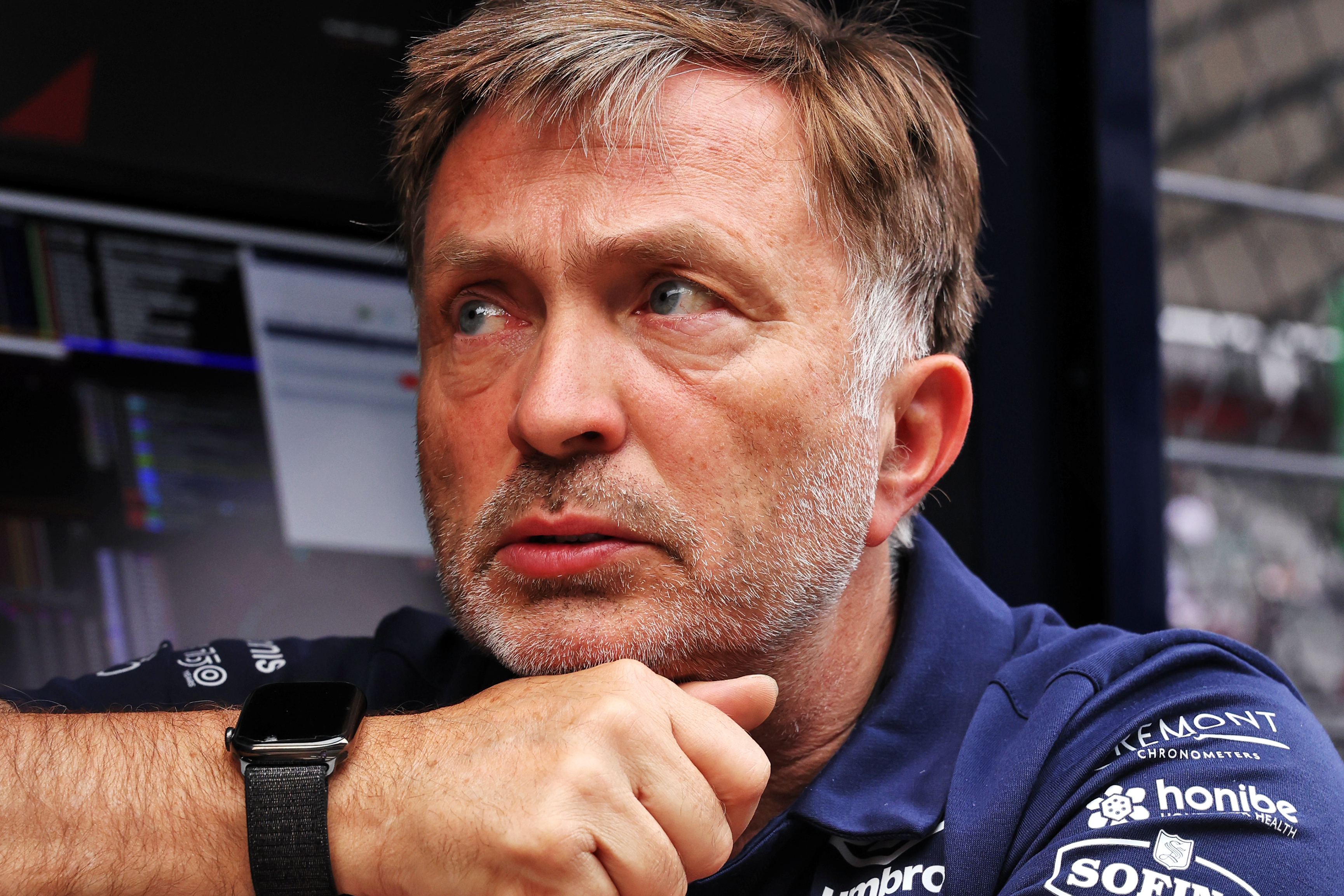
Capito’s creative analogy stemmed from leading this overhaul to fix Williams’s perceived shortcomings while the team designed, built, and developed a car to brand new technical regulations and raced as competitively as possible.
“What we are doing now, it’s like surgery on the open heart while the patient is running a marathon,” said Capito in Abu Dhabi.
“You can’t just say, ‘OK, shut down two years, restructure, do everything, and then we come back’, it’s not possible.”
Dorilton has already sunk a lot of money into the Williams project – tens and tens of millions – and the short-term return on that investment has been poor. Williams’s regression in 2022 was dramatic.
As Edd Straw explored in this piece, evidently, the board felt that Capito and Demaison were taking the team in the wrong direction. If the signs were positive, they would not be leaving now.
Neither sounded like people who were expecting to depart their roles any time soon, and there was an extremely heavy emphasis on the time needed to do this properly.
“To build a team you need two to three years,” said Demaison in Brazil, the penultimate race of the season.
“And to get the maximum out of this team, it’s another two to three years. It’s a long journey.”
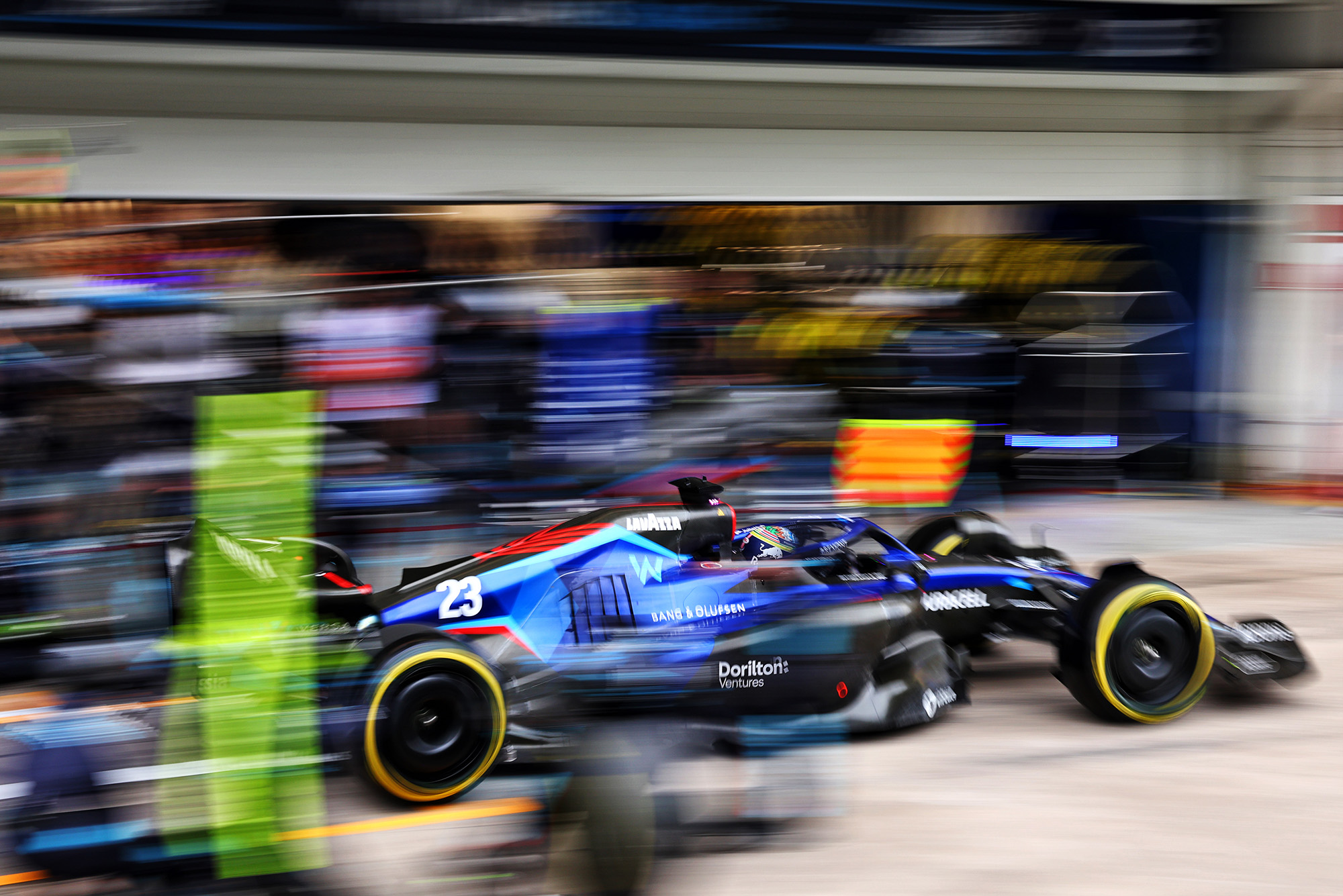
Even if we take 2021 to be the starting point, that’s 2025 at the very earliest – with 2026, and a new set of car and engine rules, being a more realistic target.
However, any success then will stem from decisions made now.
Naturally, those bankrolling this enterprise will be keen to ensure their investment is not wasted, and those managing things more closely on behalf of ‘the money’ – like Dorilton director Matthew Savage – will have an idea of whether Williams was actually just setting itself up for many more years of underperformance.
Ultimately, if Capito and Demaison were the wrong fit (and Dorilton’s initial gamble on ‘non-F1’ leaders failed) then it is right to reset before they cause further damage. Especially as there is presumably a risk that next season is already severely compromised.
We may infer that if Dorilton didn’t have confidence in Capito and Demaison longer-term, then they probably didn’t expect a stunning improvement in 2023 either.
That would be a massive disappointment for Williams given it effectively wrote off the second half of 2022 with the sole purpose of focusing on next year’s car nice and early, again with the bigger picture in mind.
“When we saw that we’d be 10th, it doesn’t matter what the gap is, so we put all the effort into next year’s car,” said Capito.
“That’s what we did shortly after we had the big upgrade in Silverstone.
“We said, whatever we do, we will not get to ninth or eighth – no chance. So, forget it and put effort into next year’s car.
“So next year, we have to do a step forward! Otherwise, it’s something really wrong.”
Perhaps those words have proven to be unfortunately prophetic. But whatever has convinced the Williams ownership that change is needed, and whenever they made that decision, their view is very clearly at odds with how Capito and Demaison saw things.
For, publicly at least, Capito and Demaison projected a very different view of Williams’s trajectory.
“An engineer is never happy with the speed of evolution, but it’s progressing well” claimed Demaison in Brazil.
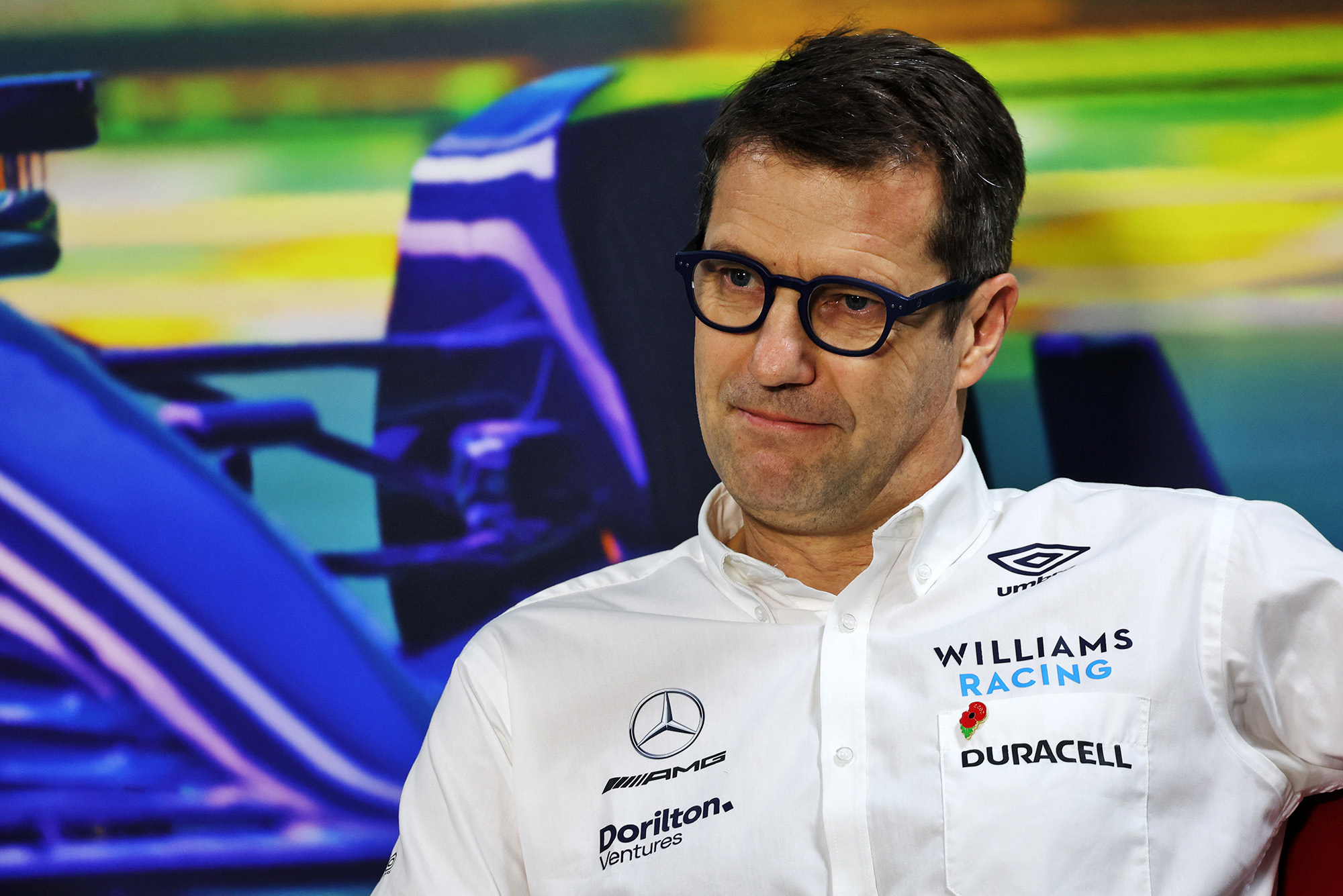
“I see a good dynamic. The team is working more and more together. I start to see the type of working atmosphere of people exchanging, talking and having discussions.
“Sometimes difficult discussions. But the strength of a team is when, in the locker room, you can tell your team-mate that he did a bad job, and you need to be better the next time, and we’re going that way.
“I see the dynamic coming and I’m really looking forward to seeing a result in the future.”
If it comes, he and Capito will only see it from afar. In the meantime, the questions for Williams are piling up.
Who will be proven right, the people in charge, or the people they lost faith in?
If it’s not the latter then what went wrong – were Capito and Demaison out of their depth, or were they unable to solve inherent Williams problems?
If the potential remains vast and untapped, will Dorilton’s next recruit get it right?
Or is this all part of a stunning bigger picture in which the grand plan is to sell it swiftly to Porsche, which has been sniffing around for a team for months, and this is a pre-emptive clearing the way for ‘their people’ to be appointed swiftly?
Unless it’s the latter, then the powers-that-be at Williams need to find answers quickly, and be very sure of them.
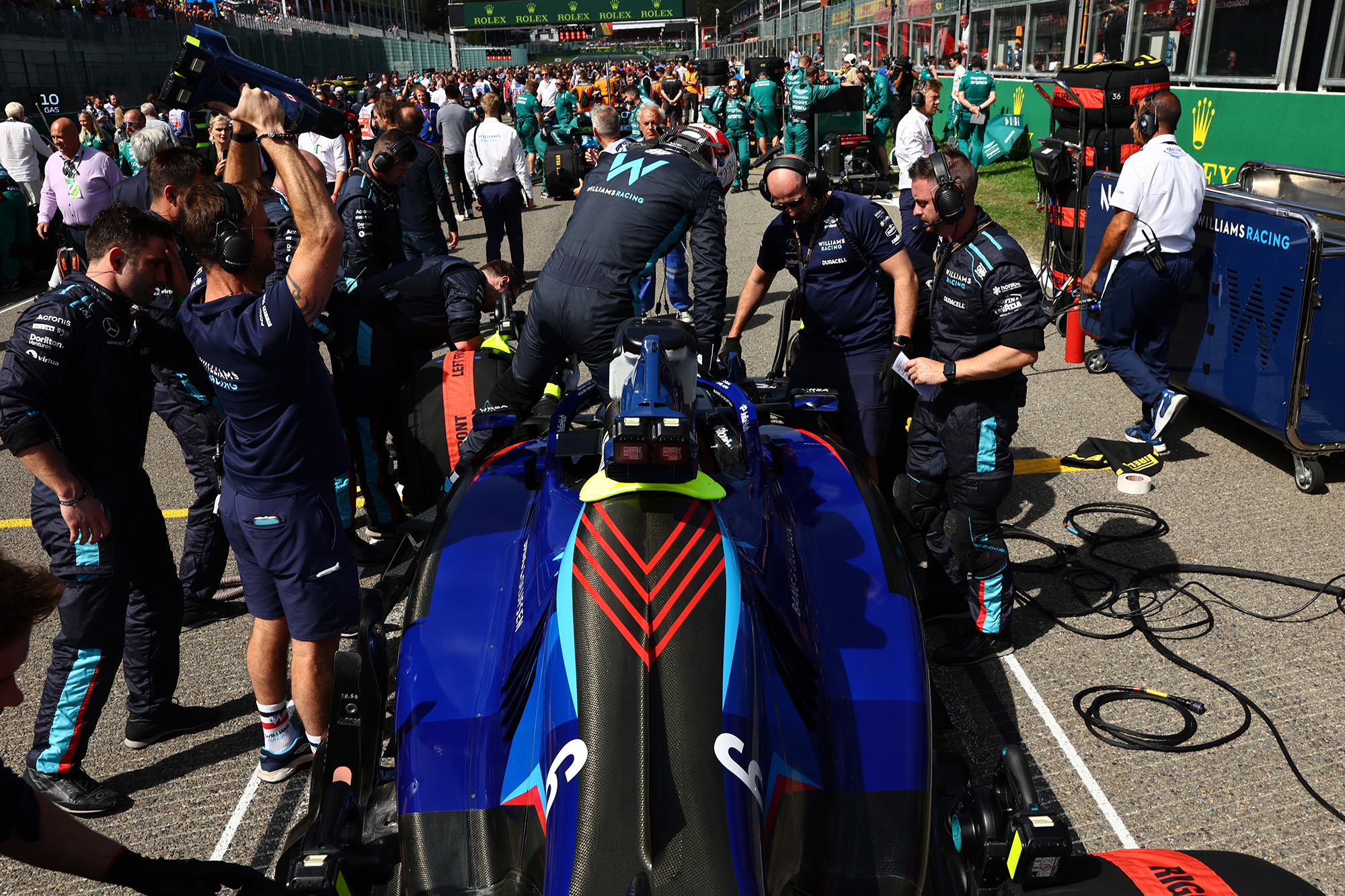
All we can conclude with reasonable certainty in the meantime is that there were serious concerns about the threat posed to what is meant to be a prosperous future.
If Capito and Demaison were laying strong and sturdy foundations, why would they be leaving now? Or, to put it another way, if Capito’s unorthodox surgery on the patient running the marathon was going well, why are the main medical personnel being replaced mid-procedure?
This shake-up can only be viewed as a necessity, born from just how much was being sacrificed in the short term and a clear lack of confidence that it would yield the long-term results Dorilton demands.
“For many reasons, we did not really concentrate our effort on this car, but more on the long transformation we are doing in Grove,” said Demaison.
“This is our priority. We maximise the opportunity we have and then we concentrate on the longer term and improve our team, and that’s the main thing.
“The results are… I’m a racer, I’m not happy with being 10th in the championship.
“But I think it’s something we have to accept at the moment and really build for the future.”
Unfortunately for Demaison, and Capito, Williams’s ownership has decided that the future will be better off without them.
Whether that’s the right call will either salvage the Williams rebuild or set it back even further.




